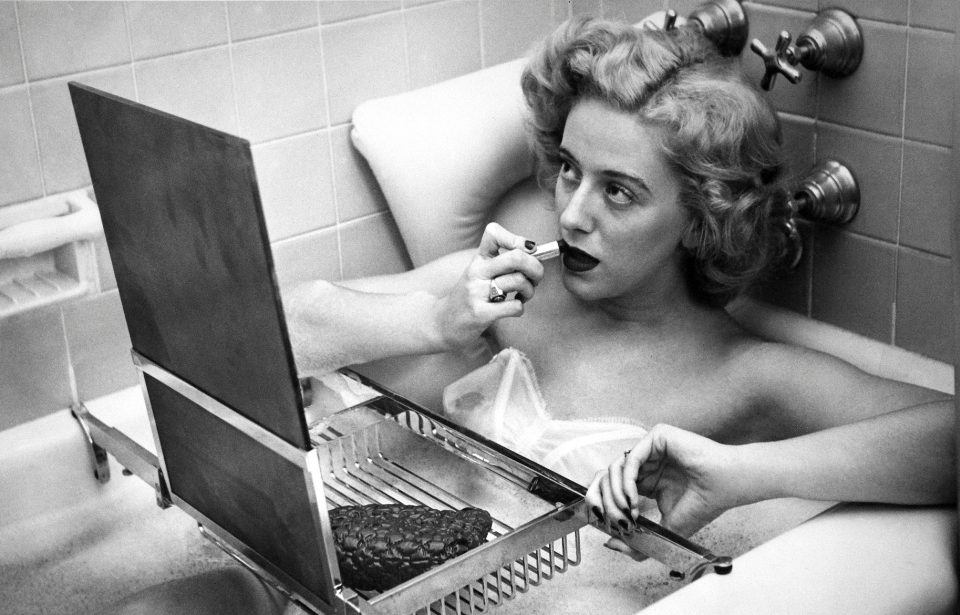Lipstick has been around for a long time, and interestingly enough, trends surrounding lipstick often reflect shifts happening in society as a whole. Because lipstick has been around since ancient times, there are lots of interesting facts that have accumulated over the years. Here, we’ve found nine of the juiciest and weirdest facts about lipstick that we didn’t know about!
1. Winston Churchill and the lipstick connection
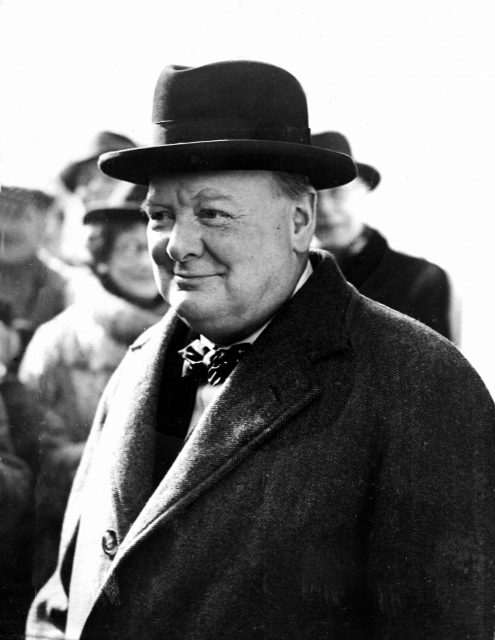
There’s a surprising link between Winston Churchill and lipstick that I certainly never knew about. During the Second World War, all cosmetics except for lipstick were rationed in England. However, Churchill felt that lipstick had a positive effect on morale, which was especially important as women once again took up roles in the workforce. As a result, lipstick was not rationed and continued to be produced during the Second World War.
2. Cleopatra’s lip routine
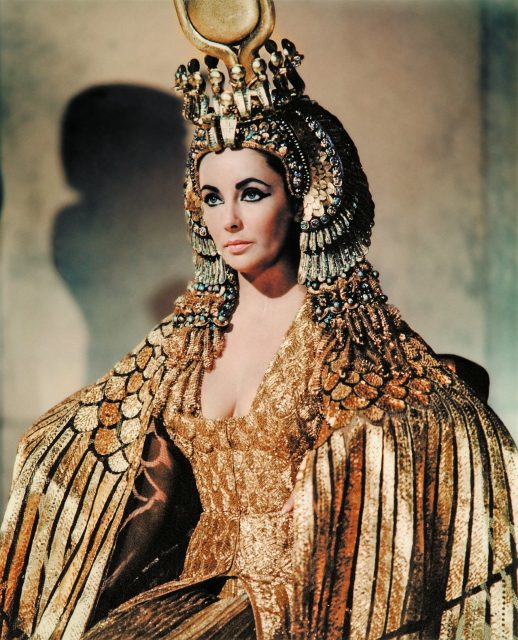
The Egyptian pharaoh Cleopatra has historically been renowned for her beauty. However, supposedly, 70,000 beetles were necessary to yield one pound of the carmine dye used by Cleopatra to paint her lips. The shade of lipstick these beetles produced was a bright red, which made her stand out from others.
3. Lipstick in ancient Egypt
Speaking of ancient Egypt, lipstick was a big deal there. Both men and women wore lipstick, and it was used primarily to show one’s social class. However, unlike Cleopatra, who favored a bright red shade, the main hues used in ancient Egypt were purple and black. No wonder Cleopatra stood out during her reign!
4. The “magical powers” of lipstick?

In the Middle Ages, wearing lipstick was on the decline as the Church rose in power. The Roman Catholic Church argued that painting one’s face challenged God’s intentions, and makeup was largely banned. Throughout the 16th Century, the relationship between the Church and the use of makeup continued to be rocky. However, Queen Elizabeth I paid no attention to the Church’s opinions.
In fact, Queen Elizabeth I believed that lipstick had magical powers, especially when it came to its healing abilities and even an ability to ward off death. The queen would go so far as to make her own lip colors. However, like many of the lipsticks and other types of makeup at the time, it was made from lead. When Queen Elizabeth I was found dead, she had a half-inch of lead caked onto her lips – a very literal “kiss of death.”
5. A lipstick fit for another queen
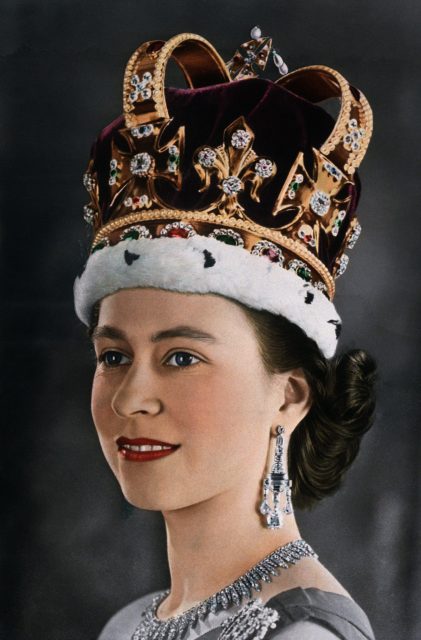
Speaking of queens,- did you know that Queen Elizabeth II commissioned a special shade of lipstick to be made for her 1953 coronation? In 1953, Queen Elizabeth II was facing mounting pressure to ensure she looked her best in both black and white and in the colored film of the coronation. As a result, she commissioned the beauty brand Clarins to create a personalized lipstick shade for her that matched her Robe of State. This shade can still be purchased today for £22 (or about $29.78 USD).
6. Bad weather? Go buy some lipstick!
Interestingly, lipstick sales have been seen to increase when the weather is bad and gloomy, or the economy is unpredictable, which suggests that bright lipstick is literally a way to brighten up someone’s days! It’s worth a try.
7. Lipstick’s red pigment is made from insects
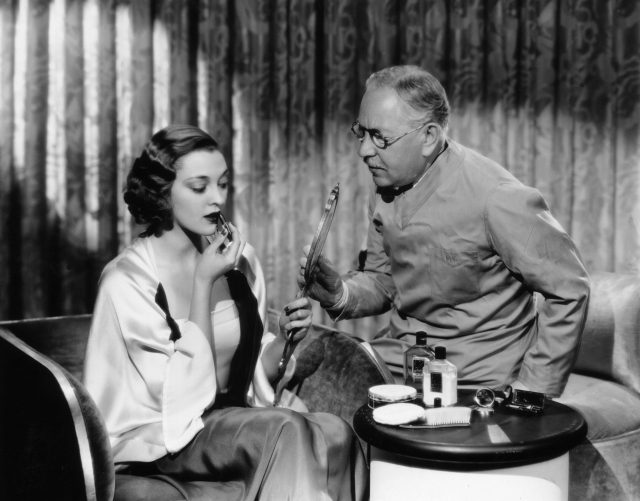
Cleopatra might not have been that far off by crushing up beetles to get her desired lip color. The red pigment E120 (also known as carmine), most commonly used as food dye or in classic red lipsticks, is actually made from crushed insects. More specifically, this color comes from the cochineal scale.
8. Marilyn Monroe used a lot of different lipstick shades
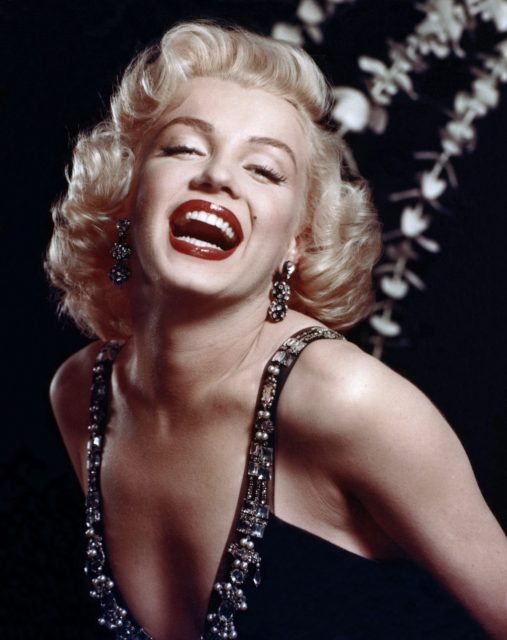
More from us: 10 Dangerous Historical Trends That Prove Beauty Is Pain
Marilyn Monroe is known for achieving full, red lips through lipsticks, but did you know that five different shades of lipsticks and lip glosses went into achieving this effect? Darker red shades typically went on the outer corners of her lips, while lighter hues were put towards the middle. This technique was used to create dimension and make her lips appear fuller.
